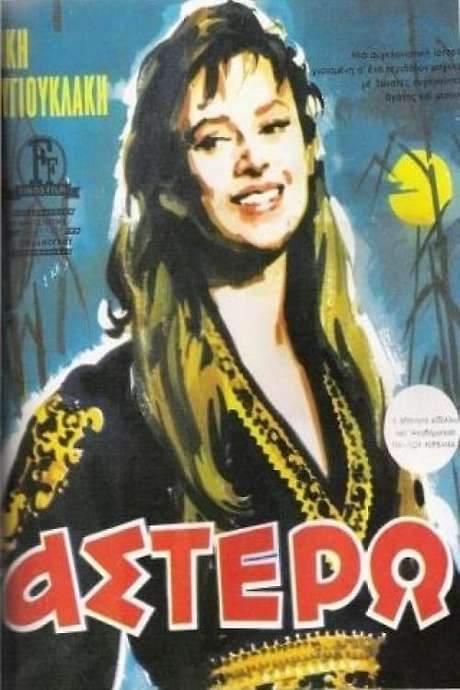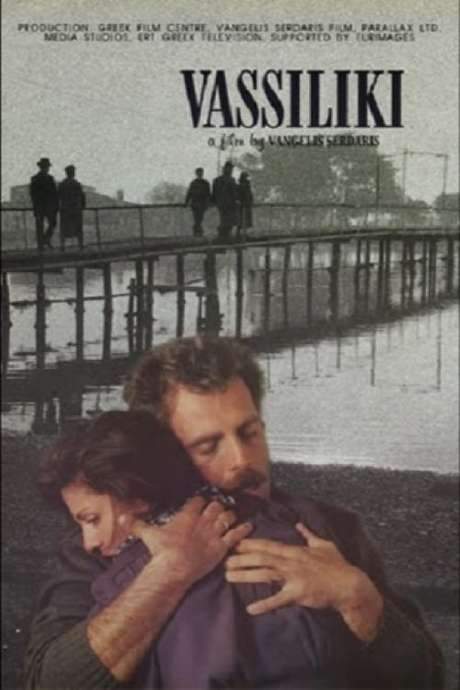
Rembetiko
Year: 1983
Runtime: 110 mins
Language: Greek
Set in the early decades of the 20th century, the film portrays a community of Rembetes—Greek singers and musicians whose folk style is the country's counterpart to the blues. Their lives and music are observed through the eyes of a young female vocalist, who serves as the story’s narrator and guide.
Warning: spoilers below!
Haven’t seen Rembetiko yet? This summary contains major spoilers. Bookmark the page, watch the movie, and come back for the full breakdown. If you're ready, scroll on and relive the story!
Rembetiko (1983) – Full Plot Summary & Ending Explained
Read the complete plot breakdown of Rembetiko (1983), including all key story events, major twists, and the ending explained in detail. Discover what really happened—and what it all means.
This musical drama sweeps through a turbulent four-decade span in the life of Marika Sotiria Leonardou, a celebrated Greek singer whose public ascent mirrors the changing tides of her homeland. Born in Smyrna, Asia Minor, in 1917, Marika’s early years are shaped by displacement when she is seven and deported to Greece along with countless others from her community. Her parents soon forge a path in music, building a nightclub life that will foreshadow Marika’s own future on stage. In flashbacks, a younger Marika appears on stage in early life, portrayed by Popi Katsabani, hinting at the talent and determination that will define her career.
In the following decade, tragedy and ambition collide. Marika watches her father murder her mother, a moment that scars her and drives a complicated path forward. She runs away, becomes a mother, and returns to the nightclub world to sing in a show with her childhood friend Yorgos and a bouzouki player named Babis Nikos Kalogeropoulos. The circle of performers around her grows, and the stage becomes a proving ground where she can carve out a name for herself.
The ascent comes with a brutal cost: the club is shaken by the suicide of another female singer named Roza Vicky Vanita. The tragedy reverberates through the crew, and political upheaval follows as Yorgos is exiled for reasons beyond the club’s lights. Marika and Babis keep moving from venue to venue, their professional partnership deepening even as personal harmony between them remains elusive.
Although Marika harbors strong feelings for Babis, their romance never fully finds its footing. The couple’s bond is tested by time, war, and shifting loyalties as Greece endures upheaval before and after World War II. After years of turbulence, Marika sends her daughter away to a convent school, hoping for safety or a better future, only to discover that the daughter will later become a cabaret dancer—a development that sits uneasily with Marika. A tour in America marks another chapter in her life, an outward journey that contrasts with the intimate costs borne at home.
When Marika returns to Greece, she finds herself unexpectedly supplanted by a younger singer named Matina Lina Babatsia, who has captured Babis’s attention and a share of the spotlight. The dynamic of the stage and the heart grows even more complex as time presses on, and the audience watches a star confront aging, relevance, and the changing soundscape of Greek popular music.
The film’s closing act is both tragic and ceremonial. On the night of a reunion concert, Marika is stabbed in the stomach, and she dies from her wounds. Her close collaborators gather at the cemetery to sing in memory of the life they shared on stage, a testament to the power of music to sustain memory even after a performer is gone.
Scholars and observers have debated the film’s possible foundation in the life of Marika Ninou, with Babis interpreted as a stand-in for Vasilis Tsitsanis in a composite portrait rather than a strict biographical reconstruction. Yet the film makes deliberate departures from history, notably in the sequence of events after World War II and in the real-life dynamics of who accompanied Ninou on her American sojourn. The narrative emphasizes the emotional and artistic beats rather than presenting a literal, documentary chronology.
The story also nods to a suggested conflict with a singer named Roza, but the film itself flags that there is no documented incident to support that exact clash in the historical record. What remains clear is the emotional arcs—the rise, the heartbreak, and the enduring pull of the stage—that drive Marika’s long, searching career and its ultimate, poignant farewell.
Last Updated: October 09, 2025 at 14:28
Unlock the Full Story of Rembetiko
Don't stop at just watching — explore Rembetiko in full detail. From the complete plot summary and scene-by-scene timeline to character breakdowns, thematic analysis, and a deep dive into the ending — every page helps you truly understand what Rembetiko is all about. Plus, discover what's next after the movie.
Rembetiko Timeline
Track the full timeline of Rembetiko with every major event arranged chronologically. Perfect for decoding non-linear storytelling, flashbacks, or parallel narratives with a clear scene-by-scene breakdown.

Similar Movies to Rembetiko
Discover movies like Rembetiko that share similar genres, themes, and storytelling elements. Whether you’re drawn to the atmosphere, character arcs, or plot structure, these curated recommendations will help you explore more films you’ll love.
Explore More About Movie Rembetiko
Rembetiko (1983) Scene-by-Scene Movie Timeline
Rembetiko (1983) Movie Characters, Themes & Settings
Rembetiko (1983) Spoiler-Free Summary & Key Flow
Movies Like Rembetiko – Similar Titles You’ll Enjoy
Bourek (2016) Plot Summary & Ending Explained
Music (2024) Detailed Story Recap
Journey from Greece (2017) Movie Recap & Themes
The Weeping Meadow (2004) Plot Summary & Ending Explained
Melodrama? (1980) Detailed Story Recap
Kamikazi, agapi mou (1983) Ending Explained & Film Insights
Eleni (1985) Spoiler-Packed Plot Recap
The Trip (1962) Detailed Story Recap
Bouzouki Strumming (1966) Film Overview & Timeline
Rom (1989) Story Summary & Characters
The Blue Beads from Greece (1967) Full Movie Breakdown
Astero (1959) Detailed Story Recap
The Apaches of Athens (1930) Full Movie Breakdown
A Lady In Bouzoukia (1968) Ending Explained & Film Insights
Vassiliki (1997) Story Summary & Characters

















